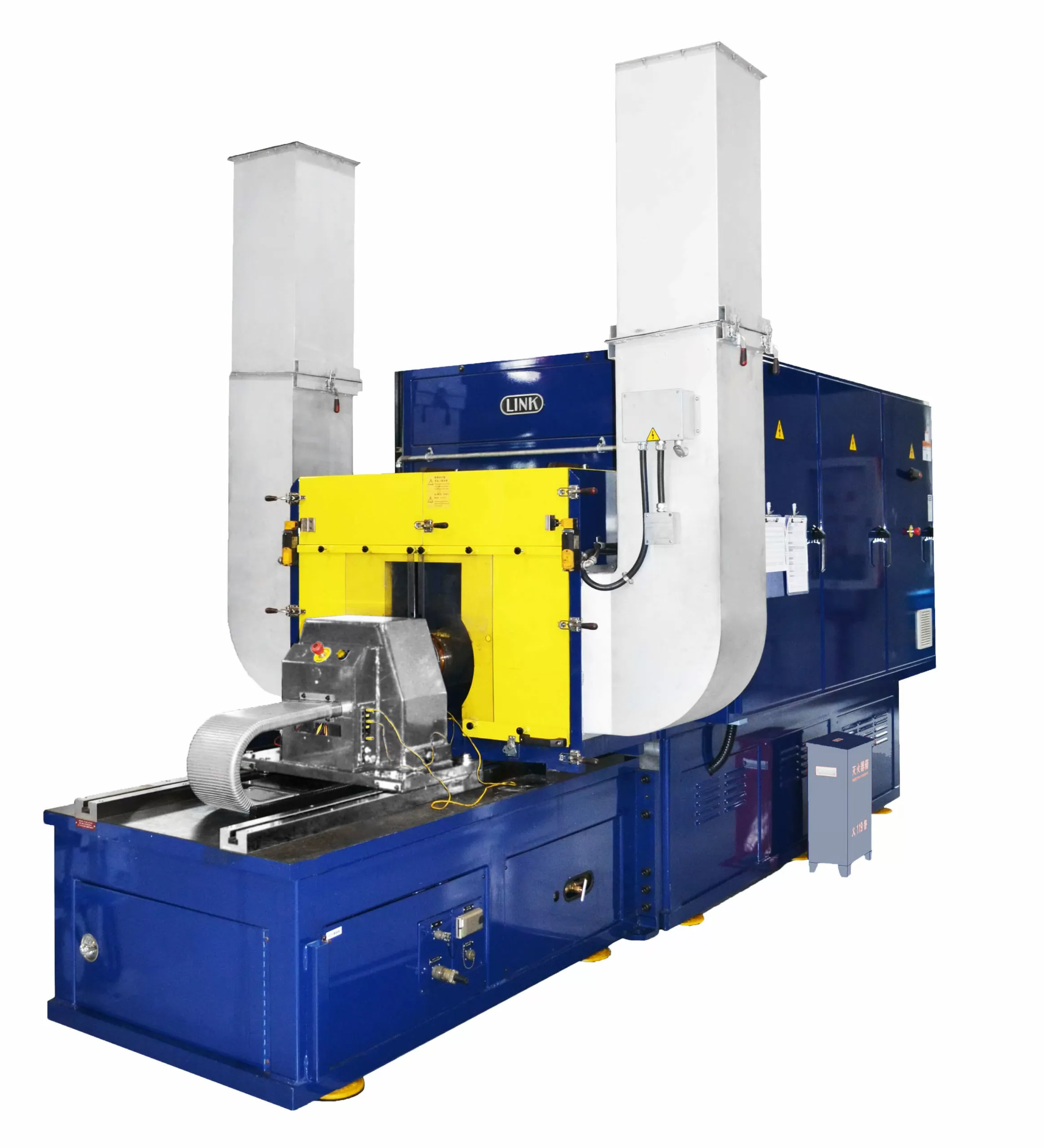Navigating the global automotive market as a brake supplier requires a deep understanding of the diverse and stringent testing standards that govern product safety and performance. These standards are not just bureaucratic hurdles; they are the bedrock of consumer safety and product liability. From regional regulations to industry-wide best practices, a supplier’s compliance with these standards is a key differentiator and a prerequisite for success.
Here is a look at some of the most critical brake testing standards every supplier should know.
ECE R90 (Europe): The Gold Standard for Aftermarket Parts
ECE R90 is arguably one of the most well-known and important brake-testing standards, particularly for the European market. It mandates that all replacement brake pads and linings sold within the European Union must perform to a specific standard.
- What it Requires: The standard stipulates that a replacement brake component’s performance must not deviate by more than 15% from the original equipment (OE) part. This ensures that a car’s braking performance is not compromised by an aftermarket replacement.
- Key Tests: ECE R90 involves a series of rigorous tests, including speed sensitivity, cold performance equivalence, and brake fade. These tests measure key parameters like deceleration, brake torque, and pedal force to ensure consistent performance.
- Impact on Suppliers: A supplier’s ability to obtain ECE R90 certification is a non-negotiable requirement for selling in Europe. This has, in turn, elevated the quality of aftermarket parts, as even budget-friendly options must meet a minimum safety threshold.
SAE J661 (North America): A Quality Control Benchmark
The Society of Automotive Engineers (SAE) J661 is a long-standing North American standard. It is primarily used for in-plant quality control and for assessing the friction and wear characteristics of brake linings in a laboratory setting.
- What it is: This is a standardized lab procedure for testing brake lining quality. It is not a legal requirement like ECE R90, but rather a quality benchmark used throughout the industry.
- Testing Procedure: The test uses a dynamometer to simulate braking conditions. It measures the friction coefficient and wear rate under varying temperatures and speeds. The results are used to give the pad a friction rating (e.g., GG, FF, HH), which provides a quick reference for its performance characteristics.
- Impact on Suppliers: While voluntary, adherence to SAE J661 helps a supplier demonstrate a commitment to product quality and consistency. It is a critical tool for both internal R&D and for communicating product performance to clients and distributors.
FMVSS 135 & 105 (United States): Performance for New Vehicles
The Federal Motor Vehicle Safety Standards (FMVSS) are a set of US regulations that apply to new vehicles. FMVSS 135 and 105 specifically govern brake system performance.
- What they Cover: These standards establish minimum performance requirements for all new vehicles, including specific stopping distances under various conditions (e.g., dry, wet, and fade tests).
- Impact on Suppliers: While these regulations directly target vehicle manufacturers, they have a profound effect on suppliers. A brake supplier must engineer their components to help the vehicle manufacturer pass these tests. This leads to a strong emphasis on OE-level performance and collaborative R&D.
The Role of ISO and Other Regional Standards
In addition to these major standards, suppliers must be aware of other key certifications.
- ISO 9001: This quality management system standard is not specific to brakes, but it is a fundamental certification for any reputable automotive supplier. It demonstrates that the company has robust processes in place for quality control and continuous improvement.
- SASO (Saudi Arabia) and Other Regional Certifications: Many countries have their own national standards and certification processes. For example, the Saudi Standards, Metrology and Quality Organization (SASO) requires specific conformity assessments for all auto spare parts to enter the Saudi market. This requires suppliers to be agile and to understand the unique requirements of each region they operate in.
Conclusion: A Foundation of Trust and Safety
Ultimately, adhering to and excelling at these brake testing standards is not just a matter of compliance; it’s a fundamental business practice. It builds trust with vehicle manufacturers and the aftermarket, ensures the safety of the end-user, and solidifies a supplier’s reputation for quality. In a market where performance and reliability are non-negotiable, a comprehensive understanding of these standards is every supplier’s greatest asset.




